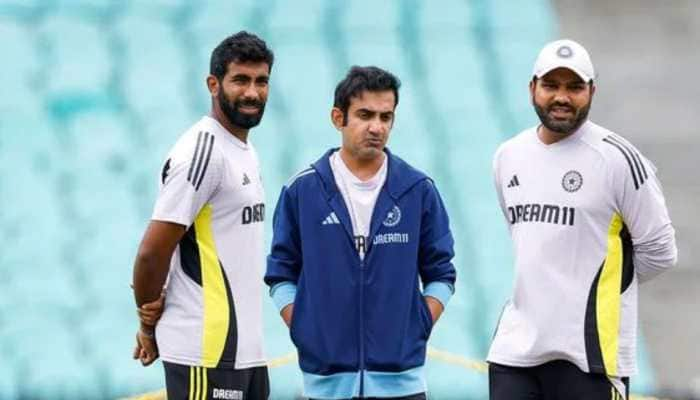Election Facts: This Indian State Had Its Own Prime Minister Even After Independence
The erstwhile state of Jammu & Kashmir retained its own Prime Minister and Sadr-e-Riyasat (Head of State) until 1965.
Trending Photos
)
NEW DELHI: As the nation gears up for the impending Lok Sabha and assembly elections, a fascinating journey through India's political landscape beckons us to revisit a time when the subcontinent was fragmented into 565 princely states before liberating itself from British colonial rule. These indigenous realms, staunch advocates of sovereign governance, posed a significant challenge to the vision of a unified India. Amidst the mosaic of territories comprising 'Territories of British India,' 'Princely states,' and colonial outposts of France and Portugal, the post-independence era witnessed a remarkable transition.
Following India's independence, a vast majority of 562 princely states pledged allegiance to the Indian Confederation, with notable exceptions like Hyderabad, Junagadh, Bhopal, and Kashmir.
The post-independence period witnessed a fluidity in the boundaries of Indian states. From the initial count of 565 princely states and 17 provinces before partition, the landscape morphed into 14 states and 6 Union Territories post the 1956 Reorganisation of States. Subsequently, this number burgeoned to 29 states and 7 union territories by 2014, culminating in the bifurcation of Jammu & Kashmir, leading to 28 states and 9 Union Territories.
Of significant historical note is the erstwhile state of Jammu & Kashmir, which retained its own Prime Minister and Sadr-e-Riyasat (Head of State) until 1965. The amendment to the J&K Constitution in 1965, under the Sixth Constitution of the J&K Amendment Act, marked a pivotal moment. The positions of Prime Minister and Sadr-e-Riyasat were supplanted by the Chief Minister and Governor, respectively, by the Congress government of the time.
Jammu & Kashmir's political saga unfolds with a cast of notable figures. Sir Albion Banerjee, appointed by Dogra ruler Maharaja Hari Singh, served as the first Prime Minister. His tenure was succeeded by a succession of leaders, including Mehr Chand Mahajan and Sheikh Mohammad Abdullah, who transitioned from Head of the Administration to Prime Minister.
However, the political landscape of J&K witnessed tumultuous shifts, epitomized by the arrest of Sheikh Mohammad Abdullah under Prime Minister Jawaharlal Nehru's directives. Bakshi Ghulam Mohammad succeeded him, followed by Khwaja Shamsuddin and Congress leader Ghulam Mohammad Sadiq.It was during Sadiq’s tenure that the Central government orchestrated the transformation, marking the dawn of a new era with Sadiq assuming the mantle of the first Chief Minister.
The constitutional evolution of J&K saw the emergence of the Sadr-e-Riyasat, a position imbued with significant electoral significance. However, subsequent amendments and political negotiations led to its eventual demise, with Karan Singh serving as the sole Sadr-e-Riyasat until its abolition in 1965, concurrently becoming the inaugural Governor.
The intricacies of Jammu & Kashmir's constitutional journey have been the subject of legal and political discourse. The Sixth Amendment to the J&K Constitution ushered in substantial structural changes, delineating the roles of Sadr-e-Riyasat and the Governor, albeit amidst contentious debates.
In 1975, a Presidential Order, issued under Article 370, restricted the J&K Legislature from altering the constitutional provisions regarding the appointment and powers of the Governor.
In a landmark ruling in December 2015, the J&K High Court deemed the conversion of Sadr-e-Riyasat into Governor unconstitutional, underscoring the significance of 'elective' status in preserving the state's constitutional autonomy.
The clamour for reinstating J&K's autonomy to its original 1953 position reverberates through its major political parties, notably the National Conference, spearheaded by Sheikh Mohammad Abdullah. However, attempts at restoration have been met with political resistance, underscoring the complexities entrenched within the region's constitutional narrative.
Stay informed on all the latest news, real-time breaking news updates, and follow all the important headlines in india news and world News on Zee News.
Live Tv







)
)
)
)
)
)
)
)
)
)
